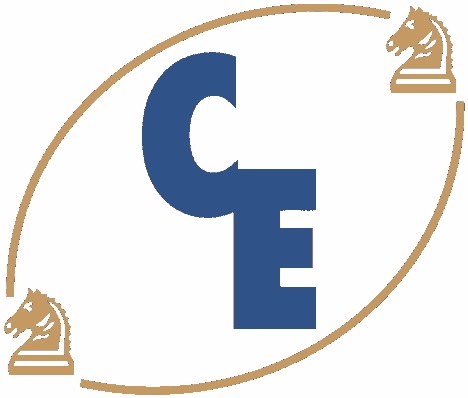ADINFER-ChessEVAL ©
Dedicated Chess Computers


| The Odyssey of the Caravelle, Part II |
| Characteristics |
|
- version 5G3 for the Caravelle (1985) - version 5G1 for the MK10 (1985) The Hitachi HD44868 is a single chip microprocessor in a 4 bit architecture. This CMOS 4-bit single chip microcomputer contains ROM, RAM, I/0 and Timer/Counter in a single chip. The HMCS47C has an efficient controller and arithmetic function. This CMOS technology provides to portable microcomputers a long life battery (more than 1000 hours according to SciSys). Made specifically for company application (in this case SciSys), it is almost impossible to know the content of the ROM. No documentation on the versions of the application made for SciSys was found. - SciSys, 1985 (versus 1984 for the MK10) - Program by Craig Barnes, Julio Kaplan - Table top chess computer - Microchip Hitachi HD44868 version 5G3 (versus 5G1 for the MK10) - 0.6 MHz - ROM 5KB - RAM 80 bytes - Pressure Sensory - 16 edge LEDs - 8 levels of play - Size: 24cm x 24cm x 2cm (versus 23.8 x 23.8 x 2.0 cm for the MK10) |